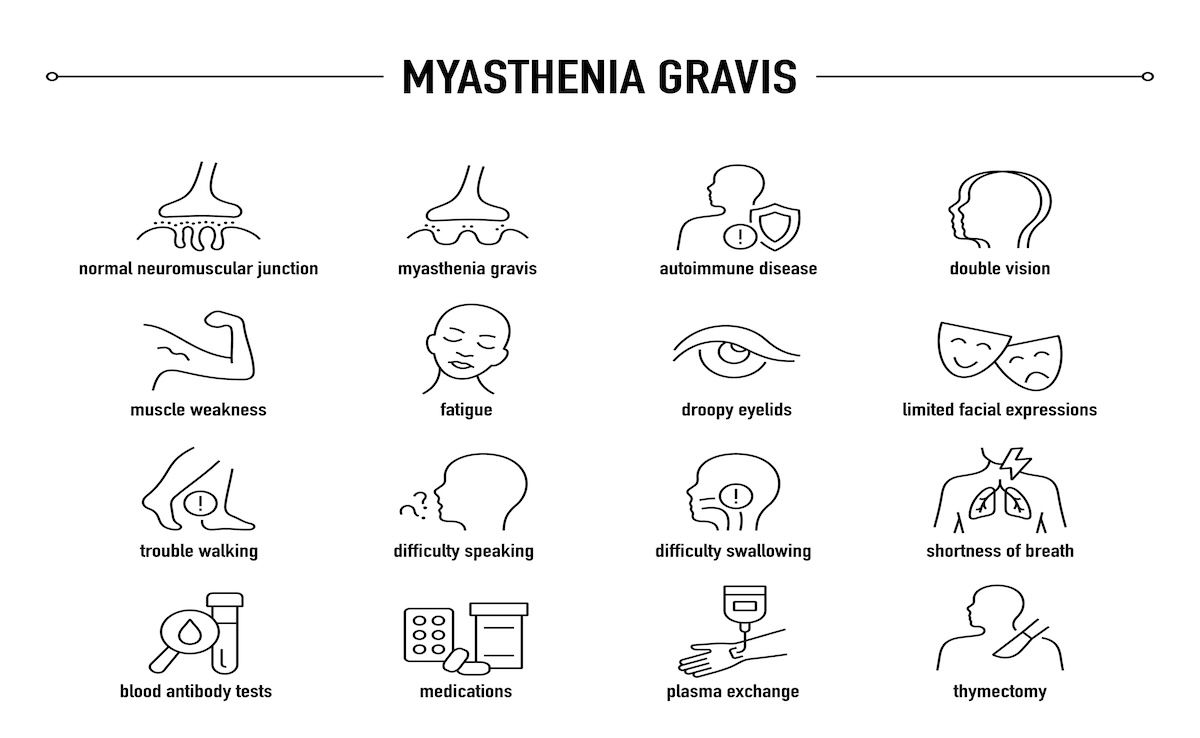Commentary
Video
Aligning PBMs With Accessibility, Drug Cost Needs: JC Scott
Author(s):
JC Scott, CEO and president of The Pharmaceutical Care Management Association, discusses the evolving role pharmacy benefit managers (PBMs) play in addressing payer, provider, and patient needs.
Pharmacy benefit managers (PBMs) are focusing on lowering out-of-pocket costs, promoting retail pharmacy stability, especially in rural areas, and advocating for lower list prices set by drug manufacturers, says JC Scott, CEO and president of The Pharmaceutical Care Management Association (PCMA).
This transcript was lightly edited; captions were auto-generated.
Transcript
How are PBMs innovating to meet the evolving needs of payers, providers, and patients?
I think you're generally familiar with PBMs and who we are in the industry, but our companies are hired by employers, labor unions, government programs, anyone who's offering prescription drug benefits, to help them administer those benefits and to do so affordably with coordinated care for the patients that are enrolled in their plans, and that ability in the market to have choice and flexibility in contracting with the PBM is a really important principle that we center on.
It's a really exciting time to be in the industry right now, because we see so much change in evolution in the marketplace in response to those client needs and client demands, as well as seeking better ways to serve patients. And I'll give you some examples. One area of change that excites me is the number of new entrants coming into the market. So right now, there's roughly 73 to 75 PBMs operating in the marketplace. We see new entrants coming in regularly, largely in the mid-market, because they are filling needs and demands for different types of services and different types of contract arrangements. That's really healthy competition that shows that there's a lot of choice for employers and other clients when they're selecting a PBM and how they want to contract with them. Within that, we see a lot of both new and established PBMs offering different types of contract models to really get its changes in consumer demand and patient need. And I'd highlight 3 areas for you.
One is in the area of transparency, where we see PBMs working, not only to make sure that their clients are empowered with the information that they need, so that they're making good, informed decisions on behalf of the patients they represent, but also trying to make sure we're informing those patients about the cost of their prescription drugs. The second area is in the area of out-of-pocket cost, where, ultimately, the employer or the plan sponsor is deciding on the benefit design and how much their enrollees have to pay out of pocket. But the PBMs in the market are trying to advance and promote a number of new and different options to help make sure that the value that we're delivering is being used by those employers to lower the out-of-pocket costs that the patient is paying at the pharmacy counter. And the third is in the area of the relationship with the retail pharmacy community. It's often misunderstood, but PBMs want a healthy and stable retail pharmacy community to be able to serve as access point for patients who are part of the networks that they design for their clients. And to that end, there's a lot of focus in particular on making sure that reimbursements are adequate in rural areas where a pharmacy may be the only site of health care for miles around for a for a patient. PBMs are actively working to try and promote a broader scope of practice for pharmacists so that they can offer more services, clinical services to patients, which, again, is really important in those rural areas, and generally innovating in the way they contract with pharmacies to make sure that that reimbursement is fair and predictable.
What specific actions are PBMs taking to address rising drug prices while maintaining access for patients?
We talked a moment ago quite a bit about the new innovations that PBMs are putting into the marketplace. Your question gets to one other really important part of the equation, which is addressing the list price that is set by drug manufacturers. And there's sometimes confusion about where PBMs stand on this. I want to be very clear. PBMs want lower list prices on all prescription drugs. A lower list price not only is better for the patient, it means that when we start our negotiations with drug manufacturers to try and achieve discounts or rebates to bring down the net cost of those drugs, we have a lower starting point. We have been calling broadly for public policy measures and for voluntary measures by drug companies to bring down the list price of their products, because in addition to the innovation and work being done by our companies to address the issue of cost, we have to have the manufacturers at the table as well.




